Power grids are the backbone of our society and economy. That’s why their stability is a key issue in the transformation of our energy system from large-scale power plants to many decentralized plants. One phenomenon that is becoming a focus of attention for network operators in this context is temporary overvoltage events. These can occur, for example, after a short-circuit in the grid. In the worst case, an overvoltage leads to the destruction of electrical equipment or a breakdown of the power system. National and international grid connection guidelines therefore require large consumers and generation plants to be able to respond to overvoltage events. But: Until now, there has been no scientific knowledge about how often and to what extent such events occur.
In the project “OVRTuere- Over Voltage Ride Through – Temporary Overvoltages and Derived Rules for Efficient and Safe Grid Operation”, we therefore got to the bottom of overvoltage events: How do they occur? How frequent and extensive are they? How can power plants be protected?
When we looked into the causes, we came across an interesting phenomenon: they often occur after an undervoltage, when the voltage rises again after a grid short-circuit. It has been shown that wind turbines, in particular, need some time before they can provide full power again after a grid fault.
This phenomenon is exacerbated by the fact that renewable energy plants maintain grid support for a few seconds after the end of an undervoltage, which can lead to a temporary overvoltage. This means that we are also dealing with a regional phenomenon, which occurs more frequently in areas with many wind turbines, for example.
In the multi-megawatt laboratory at Fraunhofer ISE, we then simulated the overvoltage scenario in laboratory tests to better understand what exactly is happening. We saw that devices only detect the undervoltage and behave correctly there – but they no longer detect the overvoltage and behave incorrectly for the most part. Either they show no reaction at all or they switch off, which only makes the situation worse.
In the next step, we looked at grid expansion plans and the German government’s plans for expanding renewable energies. We asked ourselves what our power grid will look like in 20, 30 years. In doing so, we realized that an increase in overvoltage events due to more renewable energy plants could actually become a problem for grid stability. The new grid connection directive responds to the problem in that energy plants must now tolerate higher voltages. In our opinion, it would be more cost-effective to reinforce the grid with compensation devices such as FACTS, which we have also pointed out. And it would be important to us that a laboratory test of devices in an undervoltage/overvoltage scenario also finds its way into the standard.

How much safety is necessary?
At the equipment level, we looked at what it costs a manufacturer of wind turbines, for example, to modify their equipment to withstand 10 or 20 percent more voltage. Electrical equipment manufacturers are concerned that the directives will specify requirements that don’t occur in reality. Then the equipment would be over-engineered – and correspondingly expensive, which is a competitive disadvantage for German or European manufacturers.
Unfortunately, there are different requirements here depending on the country: in one country, the devices only have to withstand 15 percent extra voltage, in another even 30 percent. The requirements for testing the devices are also different. This is difficult and expensive for manufacturers because they have to develop different devices for different countries – even though we have the same network in Europe. So harmonization at least across Europe would make sense.
Our project team has developed several concepts on how to deal with overvoltage as cost-effectively as possible. One possibility is to increasingly expand compensation devices in the grid that can stabilize the voltage in the event of a fault. We do not believe that higher voltages than 115 percent of the nominal value will occur because the grid is being expanded. The expansion plan already foresees appropriate compensation facilities. Such devices are already installed everywhere in the grid, we would only have to look where there are many older plants with partly outdated or completely no overvoltage capabilities and retrofit them there to a greater extent.
Testing on the test bench
Another area of work is the test benches on which the test requirements of the directive are checked. Here, too, there is no standard yet. We have examined six possible test rigs in our laboratory and in the field to see if they can cover the tests according to the guidelines.
Ultimately, we tested devices such as battery converters, inverters, wind turbines and combined heat and power plants according to current and future test requirements to see if they could meet them. We are also involved in a working group that is developing the testing requirements that result from the grid connection guidelines.
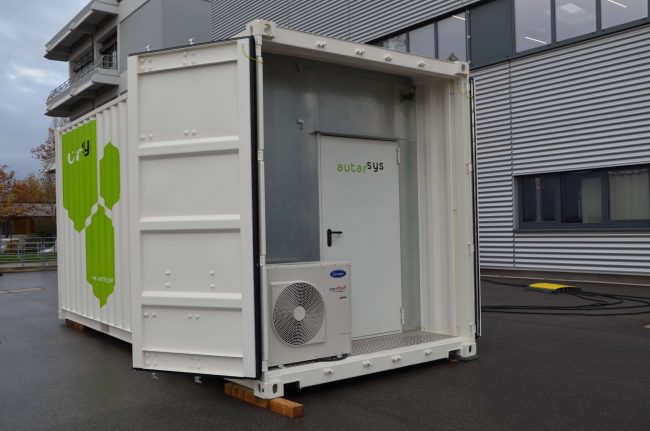
This means that we have approached the problem from very different angles in order to find the best solution from the point of view of grid operators, equipment manufacturers and the energy system. Now it is important to react quickly, because network planning and expansion are processes that often take decades, and we will be massively transforming our energy system within the next 10 years.
Further Information:
Project web site OVRTuere: https://www.ise.fraunhofer.de/en/research-projects/ovrtuere.html
Final report project OVRTuere: available from October 2022 via https://www.tib.eu/de/
Event: Presentation „Temporary Overvoltages and their Impact on Grid Security – Final Results from the Joint Research Project OVRTuere“, 21. Wind & Solar Integration Workshop, Den Hague, 12.10.2022, 4:10 pm. More information: https://windintegrationworkshop.org/agenda/

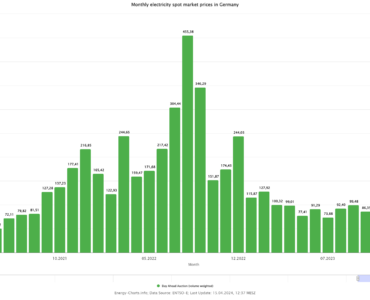
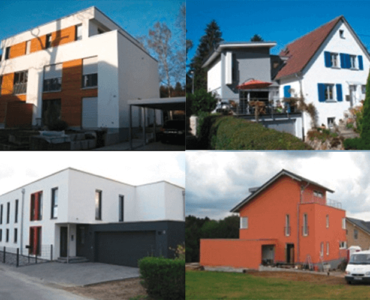



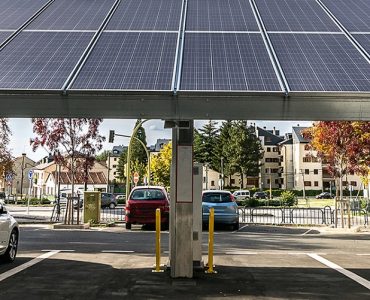
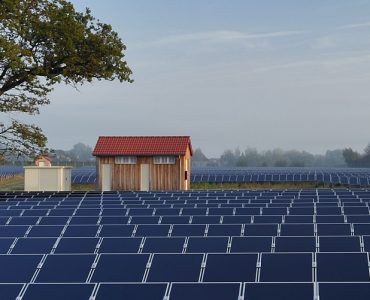
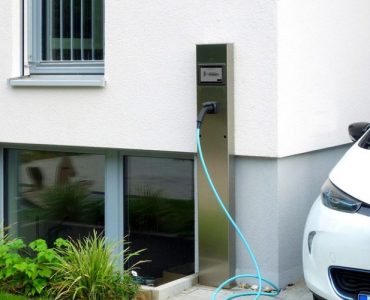
Add comment